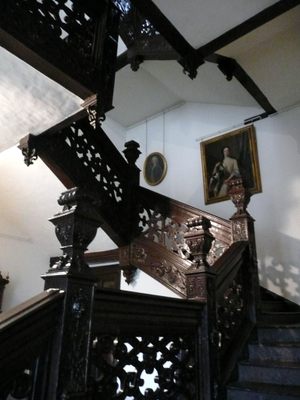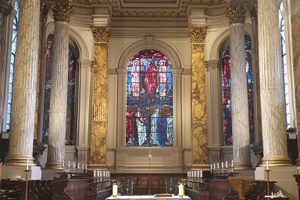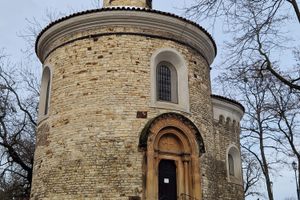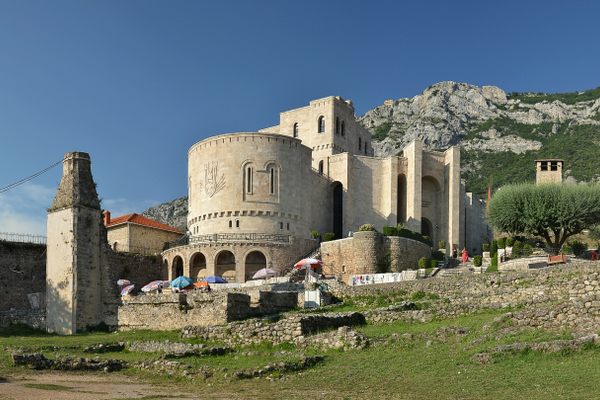About
Aston Hall, now owned and operated as a museum and public gardens by the Birmingham (UK) City Council, was built in 1618. Or 1635. Well, really 1618 through 1635, since it took all 17 years to finish it.
Aston is called a “Prodigy House” by architectural historians, a term that refers to “large and showy” manor houses of the Tudor and Jacobean eras (around 1600 to 1630). This one is no exception — it’s huge, it’s flashy, and as part of Birmingham’s Aston Park, it’s a remarkable showplace.
The entire estate is now preserved as “Grade I Listed,” meaning it’s of special architectural or historical significance. In this case, it’s both. Designed by John Thorpe in 1618, the original owner was one Sir Thomas Holte, holder of the title of Baronet (and holder, reputedly, of a wild temper). Being knighted by James I in 1603, Sir Thomas came to think that he needed a grander home for himself and his now-noble family. That old medieval castle they lived in may have had a moat, but it had only 13 bedrooms — of course such a humble abode wouldn’t do for a Baronet. So Sir Thomas embarked on building what was to become one of the most grand of the very grand Jacobean manor houses.
It wasn’t long after the house was completed that it was damaged during the English Civil War (England saw a Civil War from 1642–1651 between supporters of a Parliamentary government on one side, and Royalists supporting the monarchy on the other). In 1643 Parliamentary supporters attacked the house, Sir Thomas being a Royalist supporter, and you can still see some of the damage that was wrought. Lesson learned: if you leave your window open, and there is a straight shot through an open door, you just might get a cannonball lodged in your banister.
In the early 19th century, the estate was largely been abandoned, and its state of disrepair was immortalized by American writer Washington Irving in his story Bracebridge Hall. During a visit to England in the 1820s, Irving stayed at the then-neglected house and used it as his model for Bracebridge. But things soon turned around, and beginning in the mid-19th century, Aston Hall fell out of private hands and into the hands of the Birmingham City Council. Although times have sometimes been hard on the city to keep up the estate, it is now run by the Birmingham Museums Trust, renovated and open to the public.
Aston Hall is most active in the summer months, but there are tours and events throughout the winter too. Probably a good idea to follow the Museums Trust’s advice in the winter and “wear warm clothing and sensible footwear.” Those marble floors are hard.
Related Tags
Know Before You Go
The hall is located in Aston Park, 3 miles north of Birmingham city centre, close to Junction 6 of the M6
Published
November 30, 2015












































